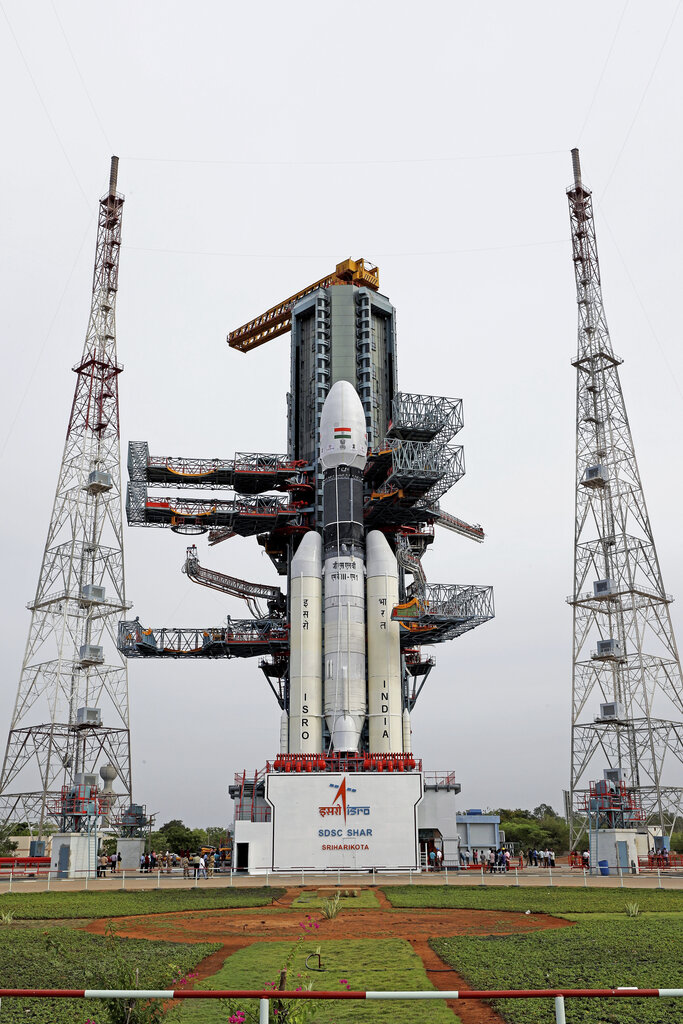The Chandrayaan-2 spacecraft orbiting Earth since its launch on July 22 entered a “lunar transfer trajectory” on Wednesday and is expected to approach the Moon’s neighbourhood on August 20, the Indian Space Research Organisation has said.
Engineers at Isro’s spacecraft tracking and command centre in Bangalore activated a rocket thruster aboard the spacecraft for 1,203 seconds at 2.21am on Wednesday to place it into the six-day lunar transfer trajectory after which they hope to nudge it into the lunar orbit.
“All systems onboard Chandrayaan-2 are performing normally,” Isro said in a statement. The lander component of the spacecraft is expected to descend on the lunar surface on September 7. A successful landing will make India the fourth country to soft land on the Moon.
As Chandrayaan-2 nears the Moon on August 20, engineers will again remotely activate the thruster to place the spacecraft into a lunar orbit, its farthest point about 18,000km from the Moon, its nearest point 118km.
The engineers then plan to fire the thruster for short periods four times between August 21 and September 1, each firing intended to lower Chandrayaan-2’s farthest point in the lunar orbit.
The spacecraft’s three components — the orbiter, lander and the rover — carry instruments to study the lunar surface, minerals and the exosphere composition and to search for water ice near the lunar polar regions.
On September 2, the lander is expected to separate from the orbiter. Spacecraft control engineers will then guide the lander through two orbit manoeuvres before initiating the landing sequence on September 7.
The lander carries a six-wheeled robotic rover designed to travel up to 500m over the lunar surface at 1cm per second. The orbiter has a planned lifetime of one year, while the lander and rover are planned to remain functional for 14 days, or one lunar day.











